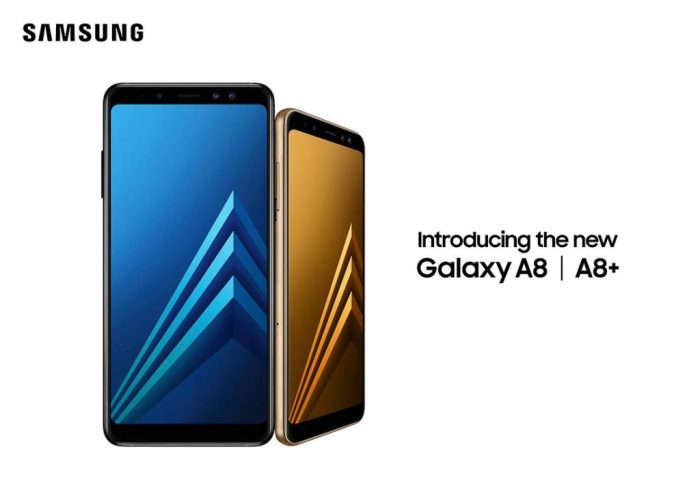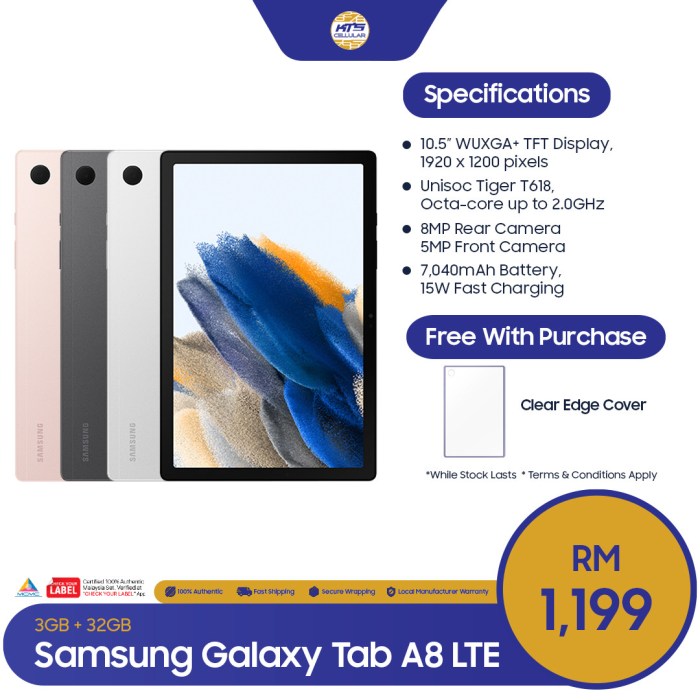Samsung Galaxy A8 Camera Specification
Samsung Galaxy A8 Camera: A Detailed Exploration: Samsung Galaxy A8 Camera Specification
Samsung galaxy a8 camera specification – The Samsung Galaxy A8, while not the company’s flagship, offered a compelling camera system for its price point. This article delves into the specifications, performance, features, and user experience of the Galaxy A8’s camera, providing a comprehensive overview for potential buyers and photography enthusiasts.
Samsung Galaxy A8 Camera Overview

Source: sizescreens.com
The Galaxy A8 boasted a dual-camera setup on the rear and a single front-facing camera. The primary rear camera featured a relatively high-resolution sensor, coupled with a decent aperture for good light gathering. The front camera, designed for selfies and video calls, provided a respectable resolution and useful features.
The primary rear camera sensor specifications included a 16MP resolution with an f/1.7 aperture. While the exact sensor size isn’t readily available, it’s safe to assume a sensor size common for mid-range phones at the time of its release. The front-facing camera offered a resolution suitable for clear selfies and video calls.
| Feature | Galaxy A8 | Galaxy A7 (Predecessor – Example) |
|---|---|---|
| Rear Camera Resolution | 16MP | 13MP |
| Rear Camera Aperture | f/1.7 | f/1.9 |
| Front Camera Resolution | 16MP | 5MP |
| Video Recording | 1080p@30fps (Example) | 720p@30fps (Example) |
Image Quality and Performance

Source: kts.my
Image quality varied depending on lighting conditions. In bright sunlight, the Galaxy A8 produced sharp, well-exposed images with accurate colors. However, low-light performance was a noticeable weakness, with increased noise and a reduction in detail.
- Bright Sunlight: Sharp images, accurate colors, good dynamic range.
- Low Light: Increased noise, loss of detail, potential for blurry images.
- Sharpness: Generally good in well-lit conditions, but deteriorated in low light.
- Noise: Visible noise in low-light images, especially in darker areas.
- Color Accuracy: Generally accurate in good lighting, but could be slightly oversaturated.
- Dynamic Range: Decent dynamic range, but highlights could be blown out in high-contrast scenes.
Compared to other phones in its price range at the time, the Galaxy A8 offered competitive image processing, although some competitors might have had slightly better low-light performance.
Image stabilization for still images was adequate, while video stabilization was less effective, particularly in scenarios with significant movement.
Camera Features and Modes, Samsung galaxy a8 camera specification

Source: gsmarena.com
The Galaxy A8 camera app offered a range of shooting modes to enhance photographic creativity and flexibility.
- Portrait Mode: Created a shallow depth of field effect, blurring the background to emphasize the subject.
- Panorama: Stitched together multiple images to create a wide panoramic view.
- Pro Mode: Allowed manual control over settings like ISO, shutter speed, and white balance for more creative control.
- HDR (High Dynamic Range): Combined multiple exposures to expand the dynamic range of the image, improving detail in both highlights and shadows.
- Autofocus: Quickly and accurately focused on the subject, ensuring sharp images.
Utilizing these modes allowed users to achieve various effects, from professional-looking portraits to stunning wide-angle shots.
Video Recording Capabilities
The Galaxy A8’s video recording capabilities were decent for its class, but not exceptional. It supported 1080p video recording at 30 frames per second (fps), a common standard for mid-range phones of its era.
The Samsung Galaxy A8’s camera specs, particularly its aperture and low-light performance, are often discussed among users. For those interested in a similar Samsung device but perhaps prioritizing different features, checking the specifications and Saudi Arabian pricing is recommended; you can find details on the Samsung Galaxy A7’s specs and price in KSA here: samsung galaxy a7 specification and price in ksa.
Returning to the A8, its camera system is generally considered a strong point compared to other devices in its price range.
- Sharpness: Reasonably sharp videos in good lighting conditions.
- Stabilization: Moderate stabilization, noticeable shakiness in low light or when moving quickly.
- Audio Quality: Decent audio recording, although not exceptional.
Compared to flagship smartphones at the time, the Galaxy A8 lacked features like 4K video recording and advanced stabilization technologies. However, it performed adequately for everyday video capture.
Camera App Interface and User Experience
The Galaxy A8’s camera app featured a clean and intuitive interface, making it easy for users of all skill levels to capture photos and videos.
The app’s ease of use and intuitive design were generally praised. The layout was straightforward, with easy access to essential settings and shooting modes. Navigating the app was simple and required minimal learning curve.
The app included a variety of settings and customization options, including gridlines, timer, and location tagging.
Essential FAQs
Does the Samsung Galaxy A8 camera have optical image stabilization (OIS)?
No, the Galaxy A8 relies on digital image stabilization (EIS).
What type of autofocus does the Galaxy A8 camera use?
It typically uses phase-detection autofocus (PDAF).
Can the Galaxy A8 camera shoot slow-motion video?
Yes, though the specific frame rates available may depend on the software version. Check your device’s settings.
Does the Galaxy A8 camera have a dedicated macro mode?
While not explicitly labeled as a “macro” mode, the camera app likely offers close-focus capabilities through its auto or pro modes.
What is the maximum resolution for still images?
This depends on the specific Galaxy A8 model, but generally, it’s around 16MP for the rear camera.





















